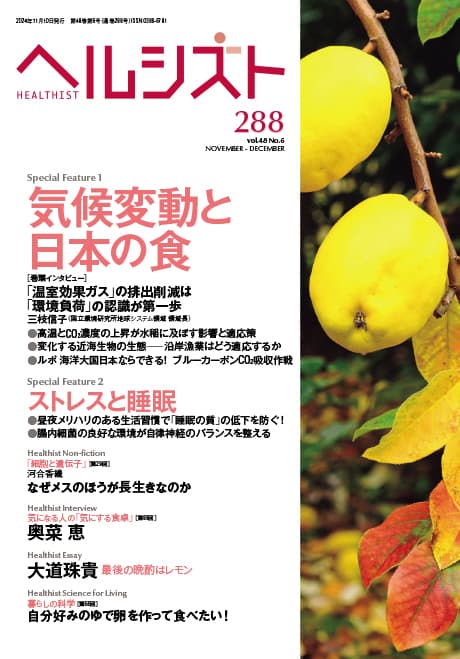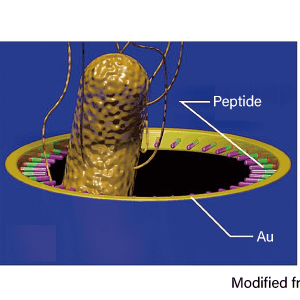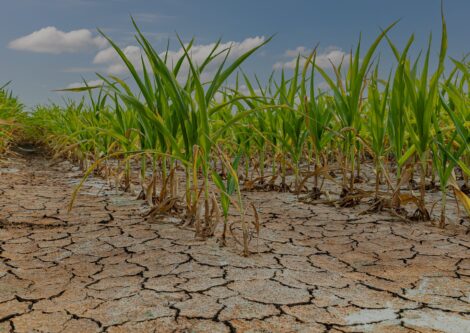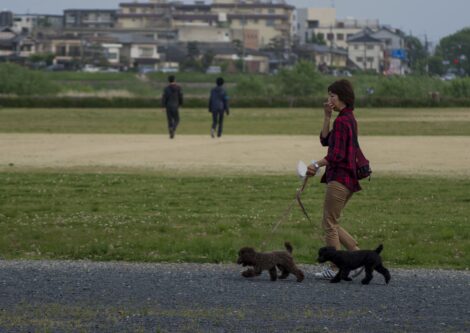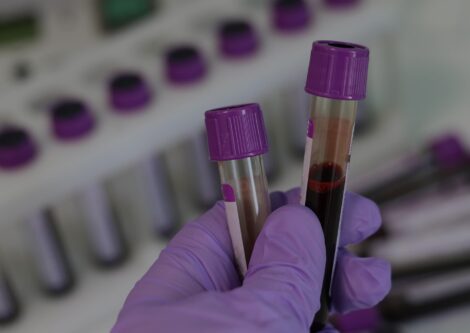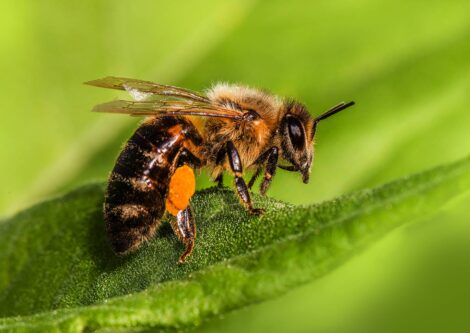Human activities have caused global warming via the emission of greenhouse gases (GHGs). That is now an unequivocal fact. And humankind is suffering the consequences of its own actions in the form of climate change caused by global warming. This warming is escalating rapidly on land, with serious impacts on food production. Japan imports at least 50% of its food. In short, what this means is that the countries producing our food are emitting GHGs attributable to agriculture for Japan’s sake. To take steps to combat climate change, we must start by understanding this background and learning about the environmental burdens arising from daily life.
Special Feature 1 – Climate Change and Japanese Food Awareness of environmental burdens is the first step in cutting greenhouse gas emissions
composition by Rie Iizuka
illustration by Koji Kominato
The global average temperature between 2006 and 2015 was 0.87°C higher than the average for the pre-industrial period, while the average temperature over land was 1.53°C higher. At the 21st Session of the Conference of the Parties to the United Nations (UN) Framework Convention on Climate Change (COP21) in 2015, countries worldwide committed to work on reducing GHG emissions. The Paris Agreement adopted at COP21 sets a long-term common global goal for holding the increase in the global average temperature to well below 2°C above pre-industrial levels and pursuing efforts to limit the temperature increase to 1.5°C (the 1.5°C goal). However, almost 10 years later, we now face a harsh situation.
Africa and the Near East are suffering serious harm due to drought
While the high heat capacity of water means that rises in ocean temperatures progress slowly, warming is progressing faster on land (Figure 1). Over recent years, extreme high temperatures at a level expected to happen only once every 50 years have been observed increasingly frequently in most regions of the world. In Japan, too, prolonged heat waves, major typhoons, and damage due to torrential downpours caused by linear rainbands are often reported in the media. These effects of climate change appearing on land pose a risk to food production and human lifestyles across extensive swaths of the planet.
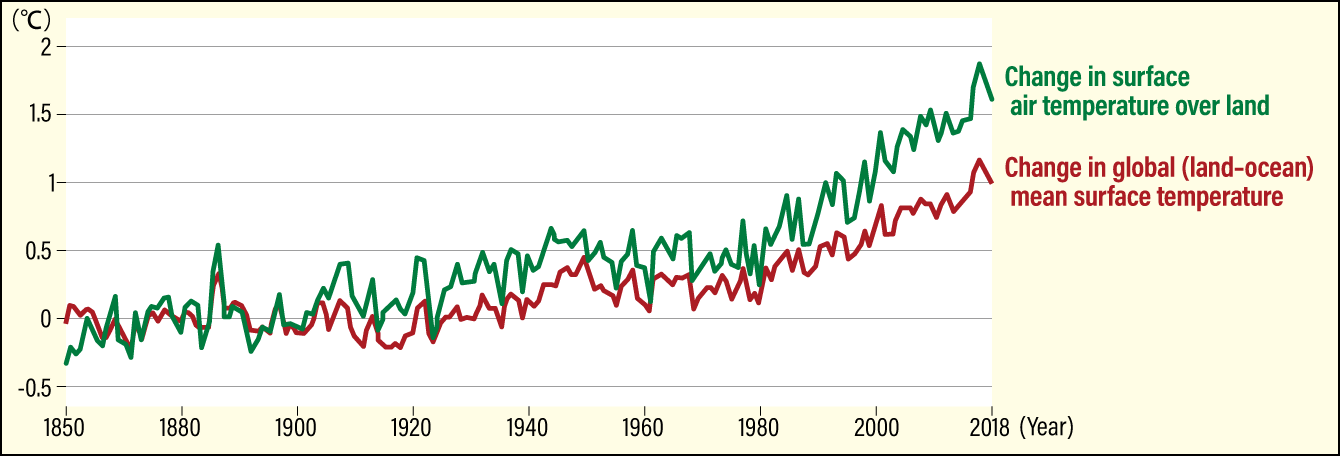 IPCC, Special Report: Climate Change and Land (2019)
IPCC, Special Report: Climate Change and Land (2019)
Figure 1. Changes in global mean temperature and mean temperature over land (change relative to the pre-industrial period)The rise in temperature is progressing faster on land than in the ocean, and direct impacts on humans’ daily lives are becoming starkly evident, with food production at the top of the list.
In Asia, which has always been prone to rain, damage due to heavy rainfall events such as river inundation and flooding is on the rise, but on a global scale, the harm caused by drought in Africa and the Near East is more serious (Figure 2). Crops used to wither in droughts in Japan, too, but people over the course of history devised irrigation measures such as ponds and dams, so measures to combat drought are comparatively widespread here. However, in many regions around the world, infrastructure development has not progressed; Africa, in particular, has seen a sharp rise in the number of climate refugees —— people driven from the place they lived because fields have dried up and even grass has withered, leaving nowhere for livestock to graze.
 FAO, The State of Food and Agriculture (2016)
FAO, The State of Food and Agriculture (2016)
Figure 2. Disasters causing damage to crop and livestock production worldwide (2003–2013)While climate change is causing water-related disasters such as torrential rain and flooding in Japan and other parts of Asia, the harm caused by drought in the Near East and Africa is immense. In particular, residents of areas with inadequate infrastructure development are being forced to migrate.
The increase in high temperatures, droughts, and floods due to climate change is also causing changes in the food supply. For example, in Africa’s semi-arid areas, repeated droughts are reducing the productivity of cereals and livestock, while in Asia, agricultural land has also suffered immense damage due to large-scale flooding. Estimates project that this situation will give rise to an increase of 1–23% (median 7.6%) in cereal prices by 2050, from which we can see that our food supply will also suffer great harm if we do not curb warming.
As Japan imports so much of its food, the urgency might not be readily apparent. However, in countries and regions that are more prone to disasters arising from climate change, where many people are employed in the primary industry of food production, hunger and poverty due to a lack of food, and the rise in the number of climate refugees are increasingly serious issues.
Human activities have caused global warming
The Working Group I contribution to the Sixth Assessment Report published by the Intergovernmental Panel on Climate Change (IPCC) in 2021 includes the following strongly worded statement: “Human activities, principally through emissions of greenhouse gases, have unequivocally caused global warming.” Analysis of observed data and model simulations has revealed that anthropogenic GHGs are having a substantial impact. While the countries that concluded the Paris Agreement are using a variety of methods in their efforts to reduce GHG emissions, it is not sufficient simply to reduce the volume of emissions within a country’s own borders. In our globalized world, we also need to consider energy resource and food issues from a multiplicity of perspectives on a planetary scale.
CO2 accounts for around 90% of Japan’s GHG emissions, most of which are of industrial origin. Rice cultivation, livestock farming, and the use of fertilizers all generate emissions of GHGs such as methane (CH4), CO2, and nitrous oxide (N2O), but the volume of GHGs emitted by Japan’s domestic agricultural sector equates to no more than about 4% of the nation’s total annual emissions. Accordingly, efforts to reduce Japan’s GHG emissions are focused on initiatives in the industrial sector, but we must not forget that at least 50% of Japan’s food is imported from other countries. In other words, at least half of the food eaten by Japanese people is produced in other countries and that GHGs of agricultural origin are emitted in other countries in the course of its production (Figure 3).
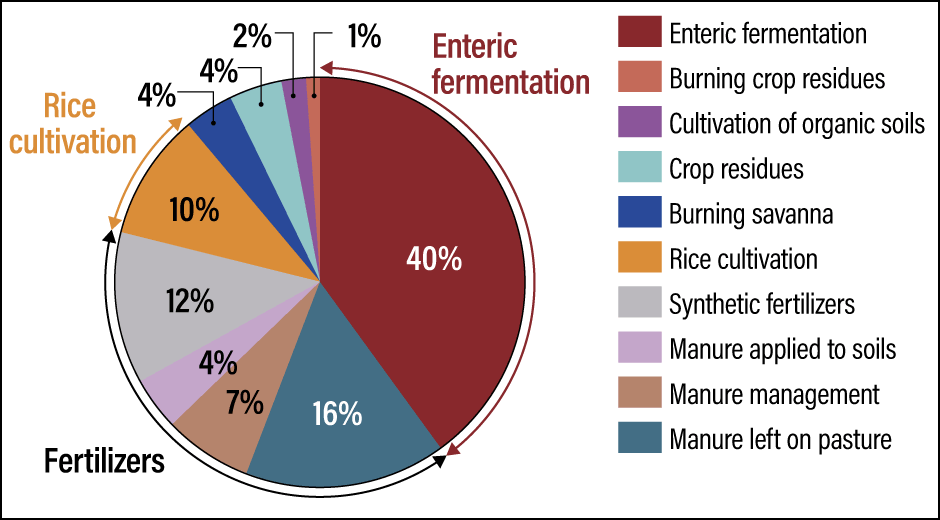 Partly modified from FAO, The State of Food and Agriculture (2016)
Partly modified from FAO, The State of Food and Agriculture (2016)
Figure 3. GHG emissions from crop and livestock production worldwide in CO2 equivalent by source (2014)In Japan, there is a tendency to focus efforts on reducing GHG emissions due to industrial activities, but we must be aware that food production also generates a high volume of GHGs.
Let us take the example of beef imported from Australia. GHGs emitted by the farms where beef cattle are raised are counted as emissions from Australia’s agricultural sector. If the cereal used to feed the cattle is shipped from another region, the CO2 emitted by the fields where the cereal was produced and GHGs generated by the fertilizer used on those fields are all counted as emissions from the feed-producing area. In order to consider warming in greater depth, I would also like people to learn about the background aspects, in the form of GHGs emitted by the areas where the food we import is produced.
Furthermore, 25–30% of the food produced across the globe between 2010 and 2016 was discarded as waste; this is estimated to equate to 8–10% of the world’s total anthropogenic GHG emissions. Allow me to explain what this means. Before food reaches our dinner table, it goes through a number of processes, namely production of the ingredients, freezing or processing in a factory, and transportation to the consumer. The fact that around 30% of this food is discarded without being consumed means that almost a third of the GHGs emitted across these processes are generated for no purpose. To put it in extreme terms, if trees were planted on the land used to produce this wasted food, it could even serve as a CO2 sink instead.
One measure we can adopt in our daily lives that would undoubtedly cut GHG emissions is to reduce our food waste. Another desirable step is to import only the amount we actually require, and to try to cover our food needs based on the approach of local production for local consumption, as far as possible.
In Europe and other areas, there are moves to reduce meat consumption as a means to combat warming. Personally, I believe that pursuing a healthy, sustainable diet is a good way of curbing emissions, given that Japan is not particularly high up the list of the world’s meat-consuming nations. Agricultural and livestock products tap into an area’s climate and culture, and are produced using methods that are sustainable for the land and human society. They also offer the benefit of allowing travelers visiting the area to enjoy local cuisine.
As eating is one of the joys of life, simply looking at where an item was produced when we go shopping is a good first step toward combating global warming, rather than the imposition of harsh restrictions. Imagining such things as what kind of route each food item has taken to reach us, how much of a burden it has placed on the land or the environment, and what volume of GHGs had to be emitted to produce it is bound to help to reduce GHGs.
International initiatives to prevent deforestation
Given that countries across the globe are now working to reduce CO2 emissions, it would be desirable to devise some way of visualizing the extent of the CO2 emissions generated by the food in our shops over the course of its life cycle, including production, processing, transportation, and disposal. In the wood products field, there is the Forest Stewardship Council’s FSC label scheme —— an international initiative that certifies items produced from appropriately managed forests. I believe that a similar mechanism for food could promote greater consciousness of measures to combat global warming in our consumption activities.
One could say that the perspective of local production for local consumption would do the same thing for energy resources.
Biomass power generation is one form of renewable energy. As biofuel crops, woody biomass, and other such materials used to generate energy have absorbed CO2 from the atmosphere via photosynthesis as they grew, burning biomass fuels to produce energy generates CO2. However, the crops and trees are considered renewable because they are cultivated using sustainable methods.
If used appropriately, biomass is certainly helpful in curbing the use of fossil fuels, but employing it on an extensive scale could result in the import of vast quantities of woody biomass from tropical and subtropical areas where it can be obtained cheaply. This has the potential to bring about the loss of highly biodiverse natural forests in order to produce energy resources. This is just one example of a situation in which fierce competition could arise between measures to combat global warming and efforts to conserve biodiversity. Currently, various countries are instituting detailed standards, systems, and laws to guarantee sustainability in the production, export, and import of woody biomass, and are pressing forward with initiatives aimed at preventing deforestation.
Plants absorb CO2 in the atmosphere by means of photosynthesis (Figure 4). A study has found that approximately 30% of anthropogenic CO2 emissions are absorbed on land, principally by forests. So, do forests always absorb CO2 at the same speed? The answer is no. Forests absorb CO2 via photosynthesis during the day, but at night they release it through respiration. In other words, forests are not only a GHG sink, but also a source of emissions. If we observe a deciduous tree for a year, we can see that photosynthesis peaks during the season when new leaves sprout and grow, resulting in a high level of CO2 absorption, but that the tree actually emits CO2 during winter, once the leaves have fallen off.
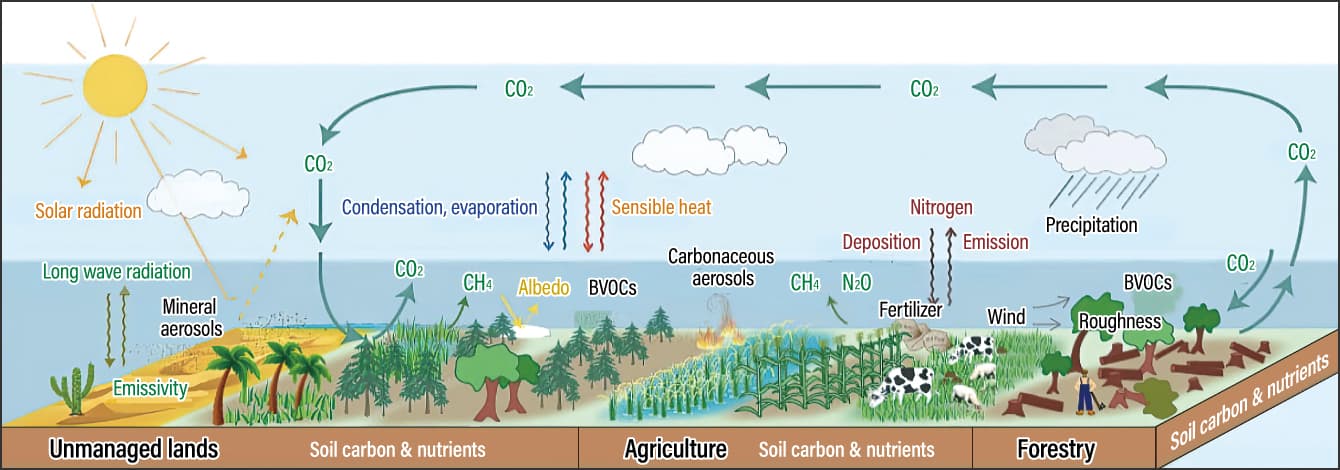 IPCC, Special Report: Climate Change and Land (2019)
IPCC, Special Report: Climate Change and Land (2019)
Figure 4. Interaction of soil and climateGHGs are generated in all aspects of human activities and circulate between the atmosphere, land, and ocean.
If a tree is felled and a new one is planted, the new tree will not put forth enough leaves for the first several years after planting, so it will emit more CO2 than it absorbs. In Japan and surrounding areas, the volume of CO2 absorbed recovers in 10 years or so, depending on the species of the tree, and CO2 absorption per hectare peaks after 20–30 years. As the tree ages, the mature trunk carries out only respiration, so the absorption efficiency falls, but forests also play a part as carbon stock, as they continue to absorb CO2 for a long time thereafter.
Deforestation has been ongoing around the world since the 20th century. Looking at places with close relationships to Japan, tropical forests in Malaysia and Indonesia are in decline. Both these countries are leading exporters of palm oil, so tropical forests are felled to plant oil palms in order to produce palm oil for export. Changes in land use of this kind cause carbon stored in forest soil and trees to be released, resulting in a major reduction in carbon stock. Even if new trees are planted, it takes decades for the carbon stock to recover to its original level.
Palm oil is an ingredient in all kinds of products that we use in daily life, including food, detergents, cosmetics, shampoo, and toothpaste, and the volume of imports to Japan continues to rise by the year. I believe we ought to be aware that land is being cleared of trees to supply Japanese consumers. It would be desirable to develop sustainable forest planning methods that take the reduction of GHG emissions and the conservation of biodiversity into account, while achieving a balance between the area of land made available for oil palm cultivation and the area on which tropical forests are left in a near-natural state.
What can we do in Japan?
The Paris Agreement sets a target of achieving carbon neutrality —— that is to say, balancing the volume of GHG emissions from human activities with an equivalent reduction via absorption or removal —— by 2050. However, based on observed data and model simulations, we can see that increases in the volume of anthropogenic absorption and removal are completely missing the track required to reach the target in time. Unless we implement rapid sink development, while also achieving large-scale reductions in GHG emissions, we will be unable to curb global warming.
The things we can do in Japan include, first and foremost, substantially reducing GHG emissions of fossil fuel origin, promoting widespread use of renewable energy. and switching to low-carbon options in all processes involved in industrial activities, including agriculture —— reducing food waste is one part of this.
In addition, based on the approach of adapting to the impacts of climate change, we can adjust our existing systems for the agriculture, forestry and fisheries industry and for disaster risk reduction to tailor them to future climate change, in order to mitigate the anticipated adverse effects. This will likely necessitate creative approaches, such as restructuring agricultural land and urban water management systems in preparation for torrential rain and droughts, as well as rethinking the varieties and breeds that we cultivate and raise, for example.
The most important measure to combat climate change is for us to understand the environmental burden that we generate in the course of our daily lives. Since 2023, it has been mandatory to label products exported to the EU with their carbon footprint. Within Japan, the Ministry of Agriculture, Forestry and Fisheries is implementing an initiative aimed at visualizing reductions in GHG emissions, based on labeling 23 types of agricultural produce, including tomatoes and cucumbers. Efforts are underway to extend the initiative to processed foods as well. As such, if consumers are able to choose items with a low environmental burden, I believe the market share of goods whose producers take steps to combat global warming could well increase, leading to a gradual reduction in GHG emissions of industrial origin.
- * Carbon footprint: A figure indicating the volume of GHGs emitted by a product over the course of its entire life cycle, from procurement of raw materials to manufacture, disposal, and recycling, calculated as CO2 equivalent.







